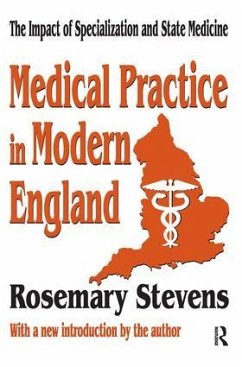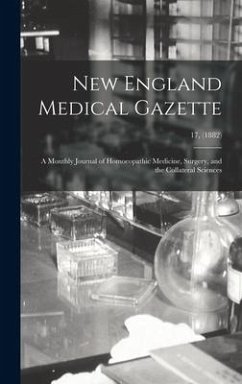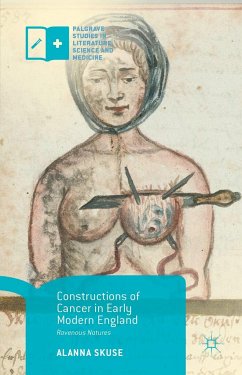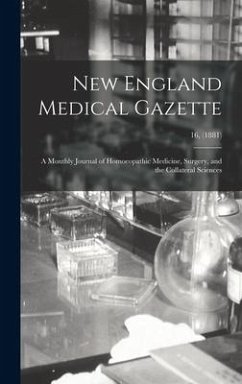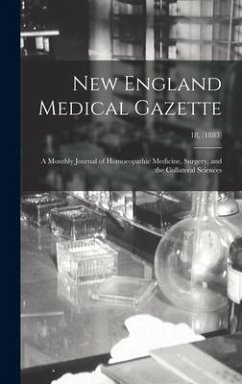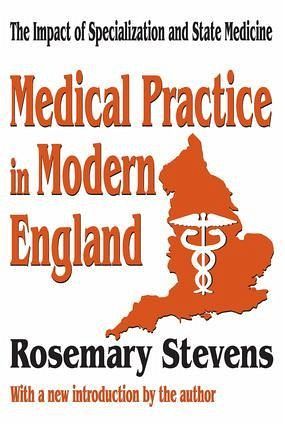
Medical Practice in Modern England
The Impact of Specialization and State Medicine
Versandkostenfrei!
Versandfertig in 1-2 Wochen
60,99 €
inkl. MwSt.
Weitere Ausgaben:

PAYBACK Punkte
30 °P sammeln!
Before World War II, the great majority of practicing doctors in England and Wales were general practitioners. They performed their own surgery, and were accustomed to treating a wide variety of illnesses and symptoms. Specialists were few in number, tended to practice in large towns, and were often associated with major hospitals. But rapidly changing medical institutions and services in the twentieth century have compelled specialization even among more modest doctors and hospitals.





